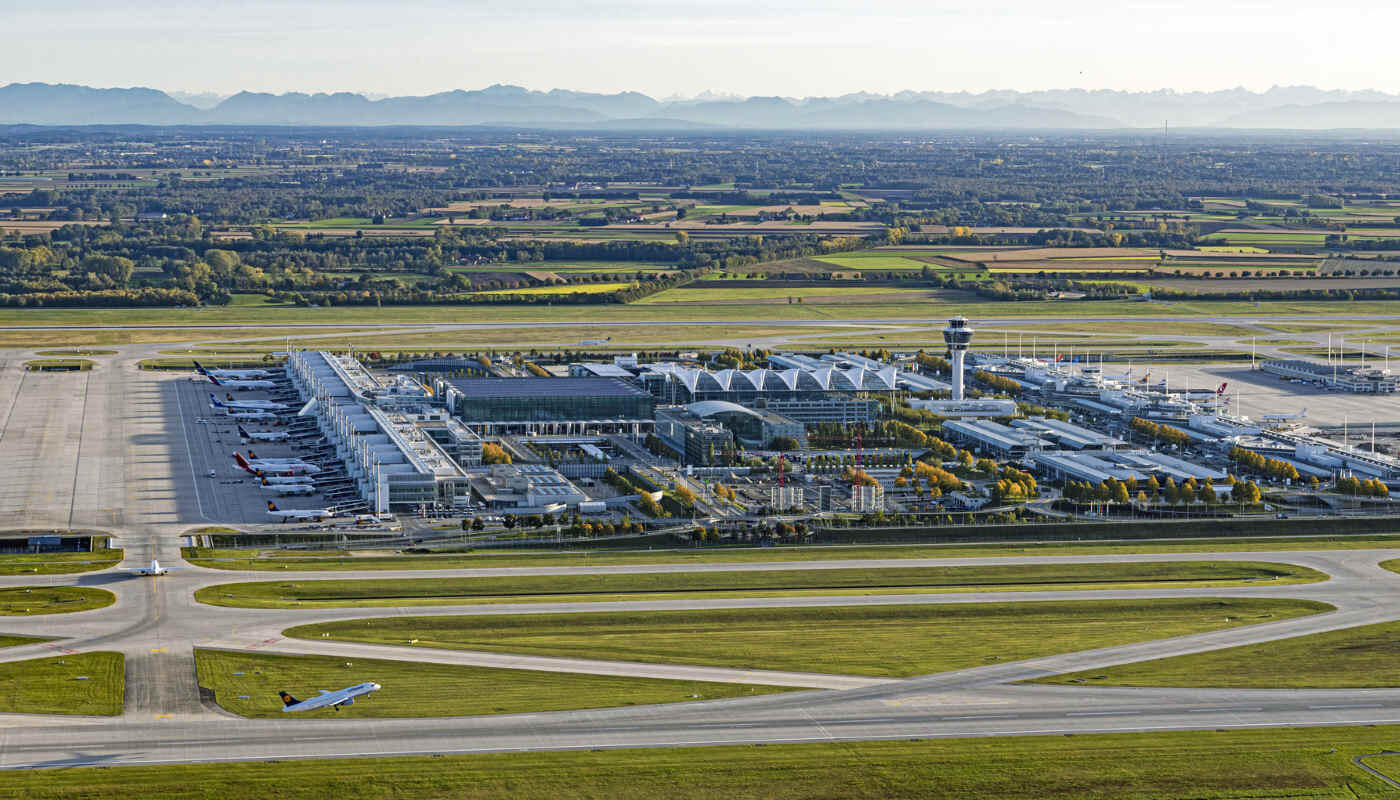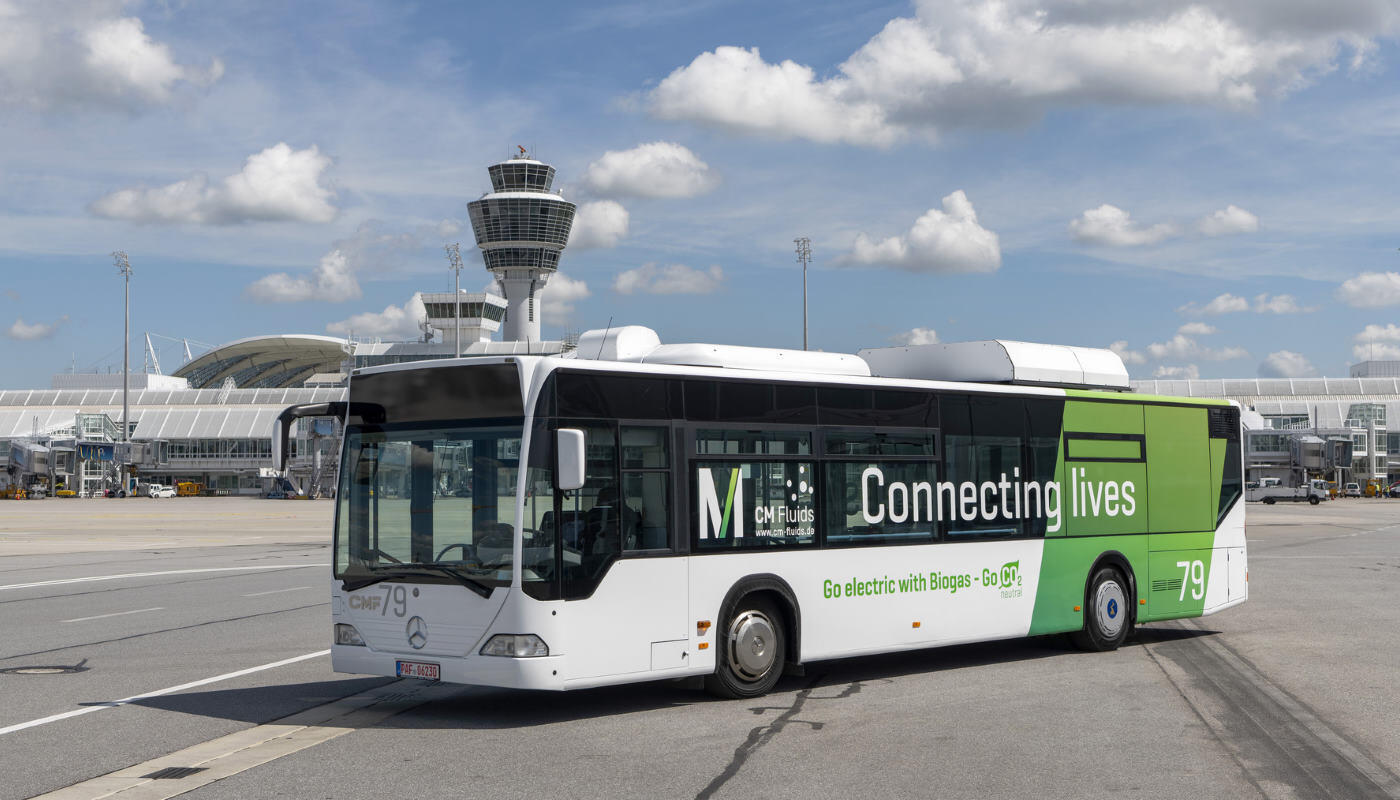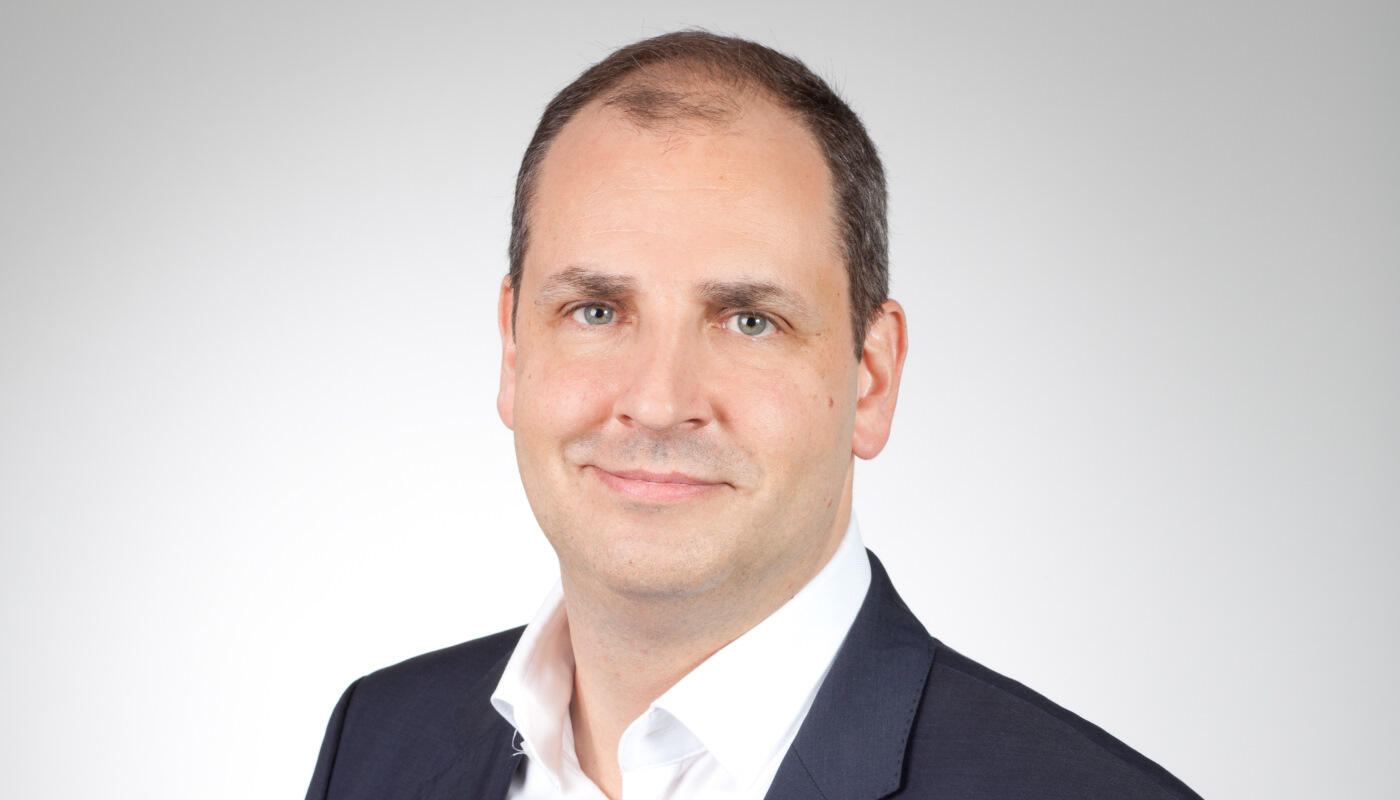August 30, 2021
The economic and social impacts of the pandemic as well as changing customer needs challenge airports worldwide to review their structures and operations. It requires new strategies, innovative technologies, and investments.
Apart from the necessary new health measures, airports will have to find ways to become more efficient, reduce costs and enhance revenues while ensuring all safety and security standards are met. As the industry slowly recovers from the pandemic, operators are looking at how new technologies, smart solutions, automation, and digitalization can help improve the overall airport performance and customer experience. “The integration of new technologies will certainly play a key role in the recovery of airports”, explains Simon Lotter, Head of Market Asia Pacific of Munich Airport International (MAI).
The use of technologies that enable touchless and contactless processes in particular is expected to increase significantly. Prominent examples include biometric recognition algorithms, self-service check-in, bag-drop and self-boarding gates as well as contactless payment solutions.


